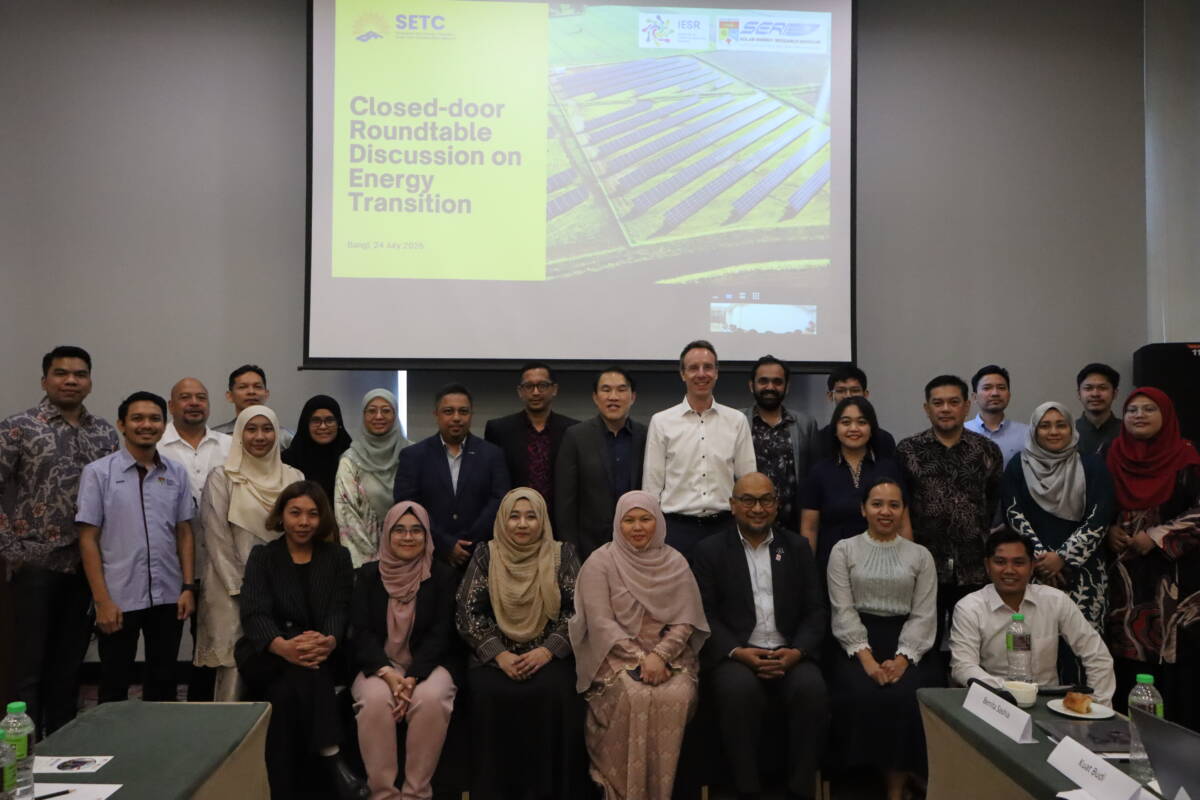Putra Jaya, July 24, 2025 – Malaysia’s ASEAN 2025 leadership is themed “Inclusivity and Sustainability.” This theme aims to encourage energy system transformation that prioritizes not only technical transformation of the energy system but also the humanistic side.
One of its main focuses is strengthening regional interconnectivity through the ASEAN power grid for energy integration and facilitating renewable energy trade between ASEAN countries.
The Institute for Essential Services Reform (IESR), part of the Southeast Asia Energy Transition Collaborative Network, held a discussion with energy sector stakeholders in Malaysia on Thursday, July 24, 2025. Monika Merdekawati, Research Analyst at ACE’s Sustainable and Renewable Energy Department, stated that the Southeast Asian region is facing complex energy transition challenges, given the growing energy demand and high climate risks, yet the region remains heavily dependent on fossil fuels.
“Countries in Southeast Asia continue to rely on fossil fuels because they are considered reliable and relatively inexpensive,” said Monika.
Dato Sayed Alfeizal, Director of Sales and Business Development at Uzma Group, said that financing the renewable energy sector still faces various challenges.
“Renewable energy projects require higher initial funding (compared to fossil fuels). However, the banking sector currently maintains a conservative outlook, resulting in relatively high investment interest rates for renewable energy projects. Banks consider renewable energy projects to be high-risk,” he said.
Dato Sayed stated that various efforts are underway to transform the financing sector and provide loans to renewable energy projects at competitive interest rates.
The Southeast Asia Energy Transition Collaborative Network (SETC), or SETC for short, is a collaborative effort between think tanks and civil society organizations across Southeast Asia. The network’s goal is to help the region build its leadership in the energy transition and promote interdependence within Southeast Asia to reduce emissions.

